Insects and other assorted creepy crawly critters can help inspire student learning, not only in the life sciences, but in physics and engineering as well. Fruit flies studies are at the heart of genetics research; migratory butterflies and dragonflies inspire aeronautical engineering; bombardier beetles are at the heart of jet engine designs; spiders and silkworms are the focus on textile and materials development; gypsy moths are used in taste and smell research; and useful drugs are derived from spider venom.
Here are a few of our favorite lessons that were developed around Science Update stories. Share the original one-minute radio feature with your class, and then have them dig deeper with the accompanying research notes and guiding questions. For extra credit, have them write their own synopsis or original report based on the research.
A Spider’s Tangled Web
Can spiders get caught in their own webs? What do your students think?
http://sciencenetlinks.com/science-news/science-updates/spider-webs/
Poisoned Pollen
Hardworking farm bees may be getting poisoned during their visits to pesticide-filled flower gardens.
http://sciencenetlinks.com/science-news/science-updates/poisoned-pollen

Robo-Roaches
Engineers are learning to design better robots by studying cockroaches.
http://sciencenetlinks.com/science-news/science-updates/robo-roaches/
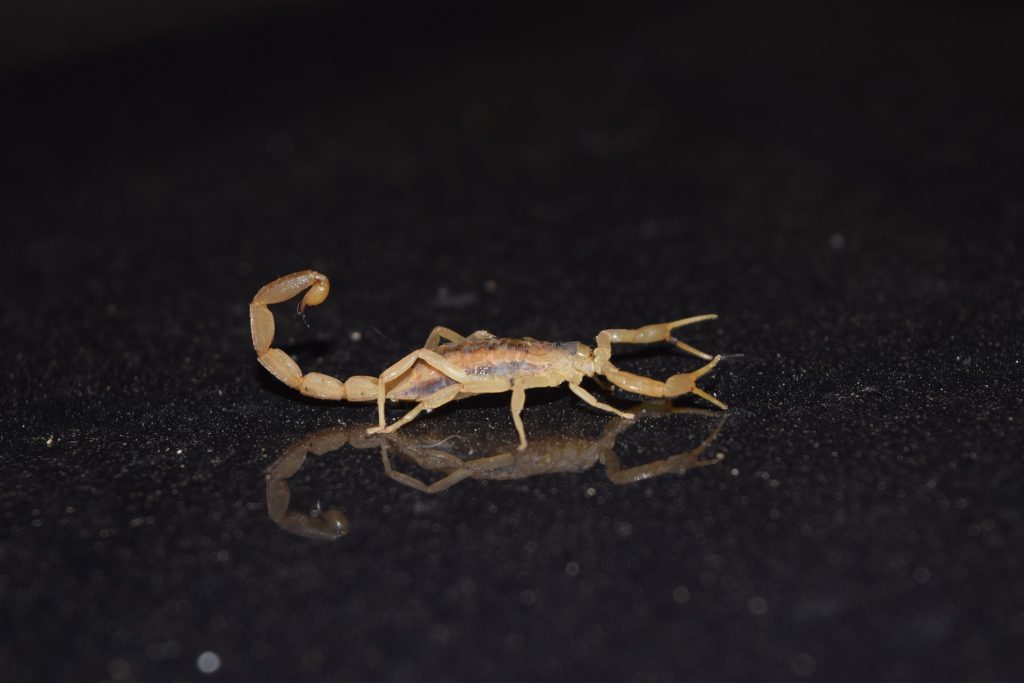
Scorpion Medicine
Toxins from scorpions could lead to new drugs for neuromuscular disorders and heart disease.
http://sciencenetlinks.com/science-news/science-updates/scorpion-medicine/
Flying Without Wings
Many organisms were able fly long before any of them had wings.
http://sciencenetlinks.com/science-news/science-updates/flying-without-wings/
Caterpillars With Bad Breath
A tobacco-eating caterpillar creates the equivalent of smoker’s breath to scare off predators.
http://sciencenetlinks.com/science-news/science-updates/caterpillar-halitosis/
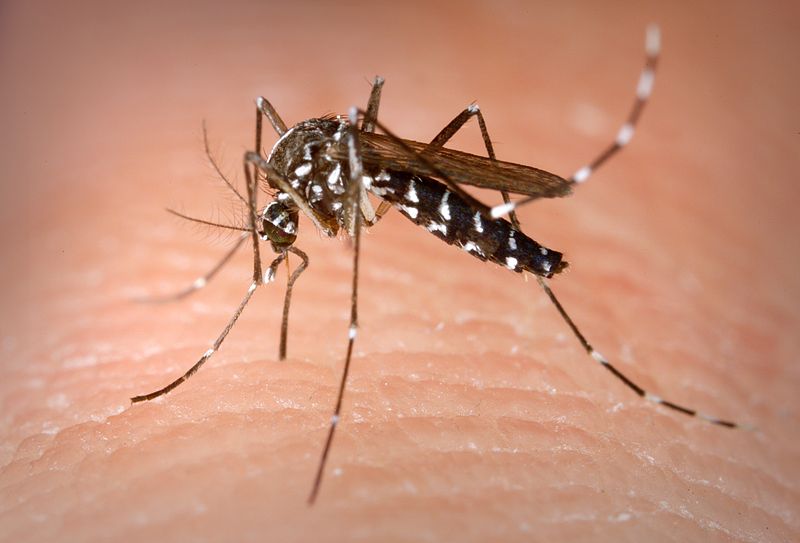
Apple Snails and Tiger Mosquitoes
In Florida, invasive, disease-carrying tiger mosquitoes are breeding in the shells of an invasive snail.
http://sciencenetlinks.com/science-news/science-updates/apple-snails-tiger-mosquitoes/
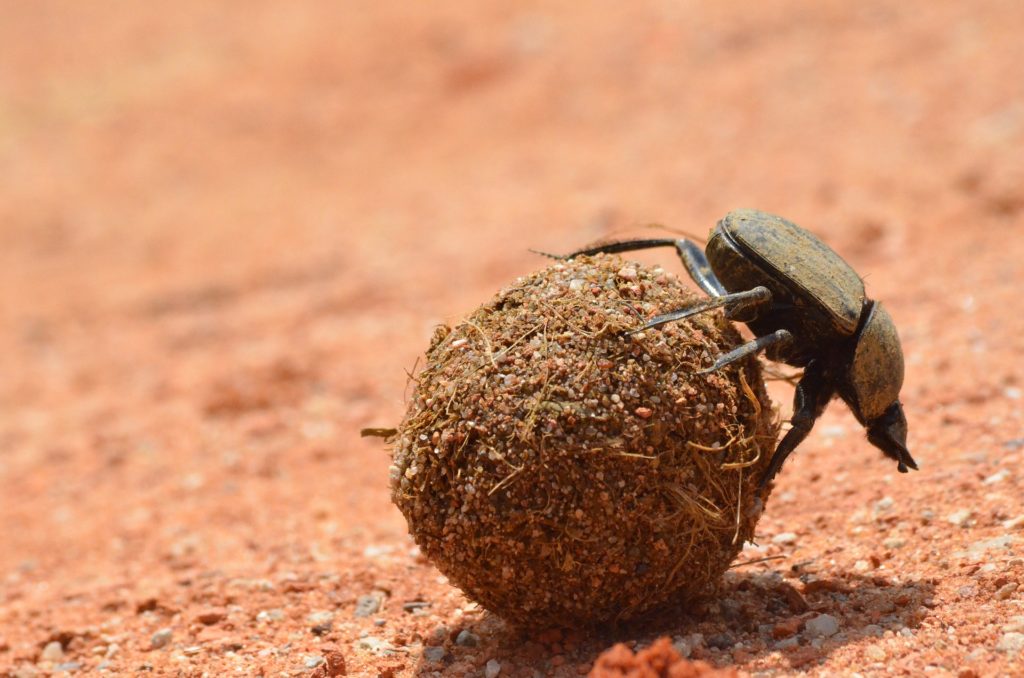
Dung Beetle Navigation
Dung beetles use the Milky Way galaxy to roll their precious dung balls in a straight line.
http://sciencenetlinks.com/science-news/science-updates/dung-beetle-navigation/
Insect Gears
Some insects’ legs have gears that look and function like the classic human invention.
http://sciencenetlinks.com/science-news/science-updates/insect-gears/
Wasp Face Recognition
Paper wasps, which can recognize each other, seem to process faces in ways similar to humans
http://sciencenetlinks.com/science-news/science-updates/wasp-face-processing/
Mosquito Smell Cycle
Mosquitoes seem to have a better sense of smell at night.
http://sciencenetlinks.com/science-news/science-updates/mosquito-smell-cycle/
African Fairy Circles
Mysterious “fairy circles” on African plains are caused by termites, which destroy patches of grass but help the surrounding grass thrive.
http://sciencenetlinks.com/science-news/science-updates/fairy-circles/
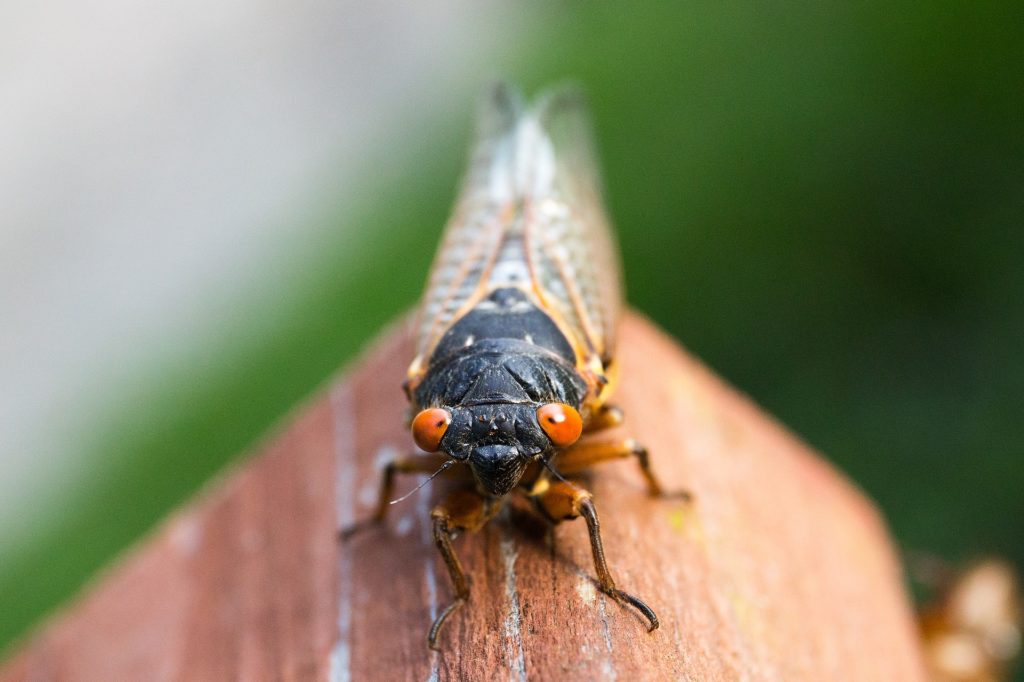
Bugs Obsessed With Prime Numbers
Periodical cicadas live underground for 13 years or 17 years, but never 14 or 15. Why?
http://sciencenetlinks.com/science-news/science-updates/cicada-cycles/
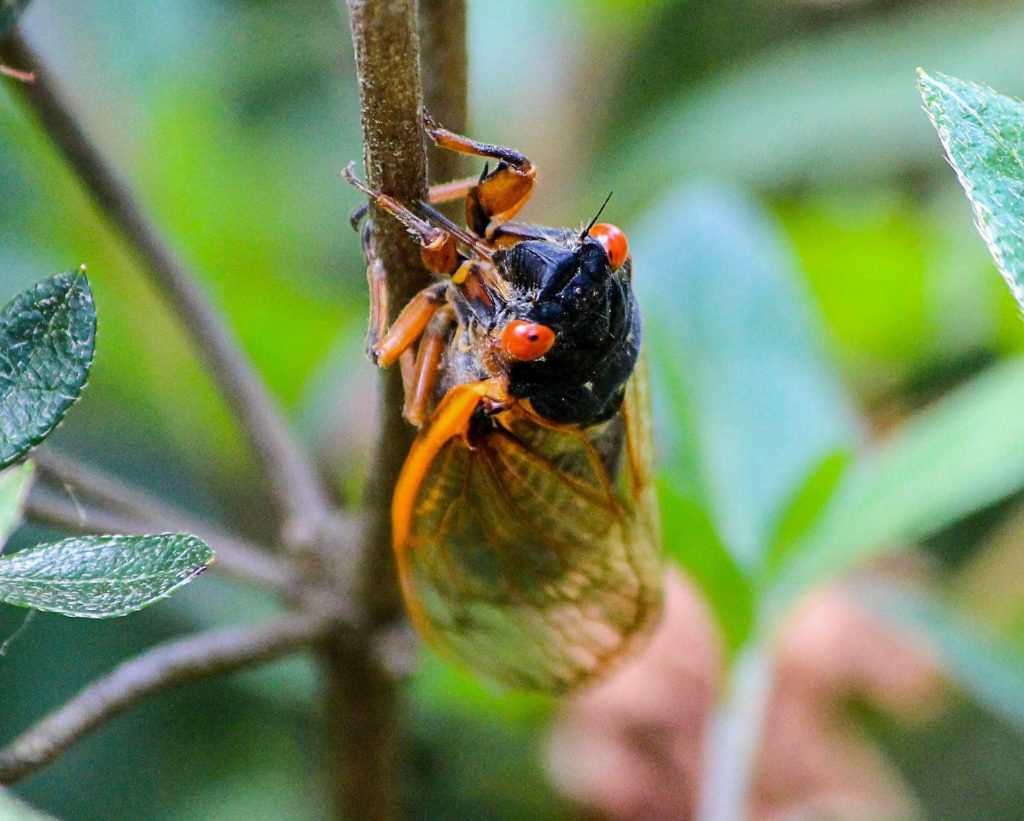
More Cicada Mania
Another great lesson featuring our mathematically-inclined insect buddy, the periodical cicada.
http://sciencenetlinks.com/science-news/science-updates/cicada-emergence/
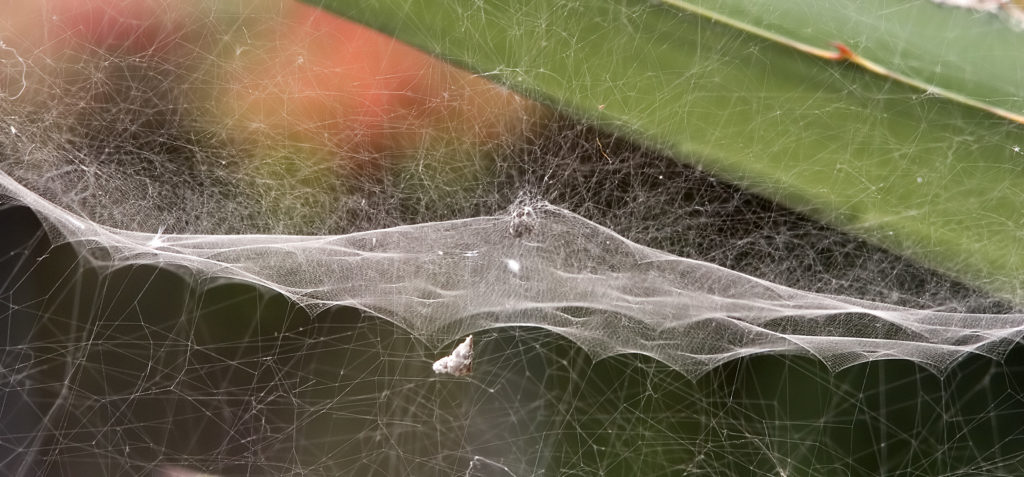
Social Spiders
Some spiders have surprisingly sophisticated social skills.
http://sciencenetlinks.com/science-news/science-updates/spider-web-sites/
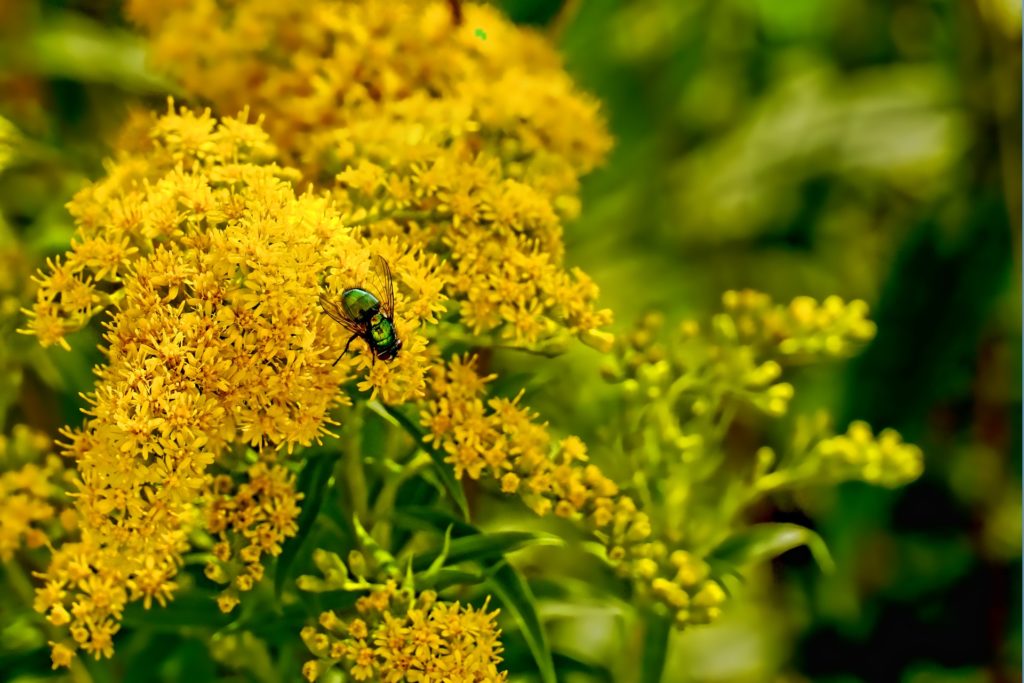
Plants Sniff the Air for Fruit Flies
A type of plant can sense mating chemicals from fruit flies, and builds up its defenses when it does.
http://sciencenetlinks.com/science-news/science-updates/plants-smell-danger/
Wasps Recognize Each Other’s Faces
http://sciencenetlinks.com/science-news/science-updates/wasp-face-processing/
Growing a Bigger Gut
http://sciencenetlinks.com/science-news/science-updates/gut-stem-cells/
Healing Honey
http://sciencenetlinks.com/science-news/science-updates/healing-honey/
Fearless Aphids
http://sciencenetlinks.com/science-news/science-updates/fearless-aphids/
Vegetarian Spiders
http://sciencenetlinks.com/science-news/science-updates/vegetarian-spiders/
Imposter Caterpillars
http://sciencenetlinks.com/science-news/science-updates/impostor-caterpillars/
Ultra White Beetle
http://sciencenetlinks.com/science-news/science-updates/ultra-white-beetle/
West Nile Weather
http://sciencenetlinks.com/science-news/science-updates/west-nile-weather/
Cicada Cycles
http://sciencenetlinks.com/science-news/science-updates/cicada-cycles/
Cicada Emergence
http://sciencenetlinks.com/science-news/science-updates/cicada-emergence/
Spider Web Sites
http://sciencenetlinks.com/science-news/science-updates/spider-web-sites/

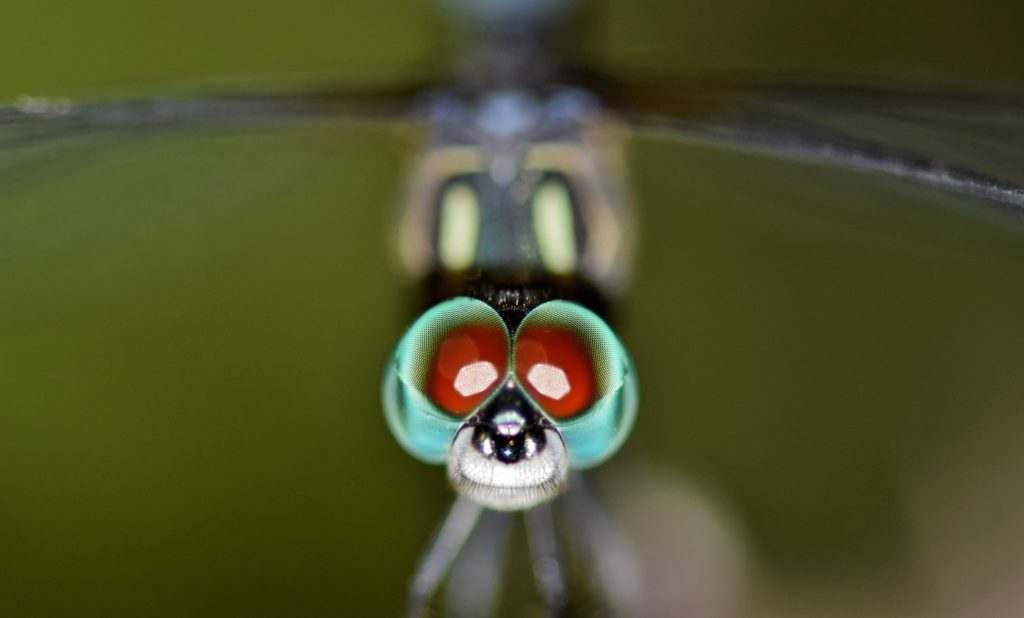
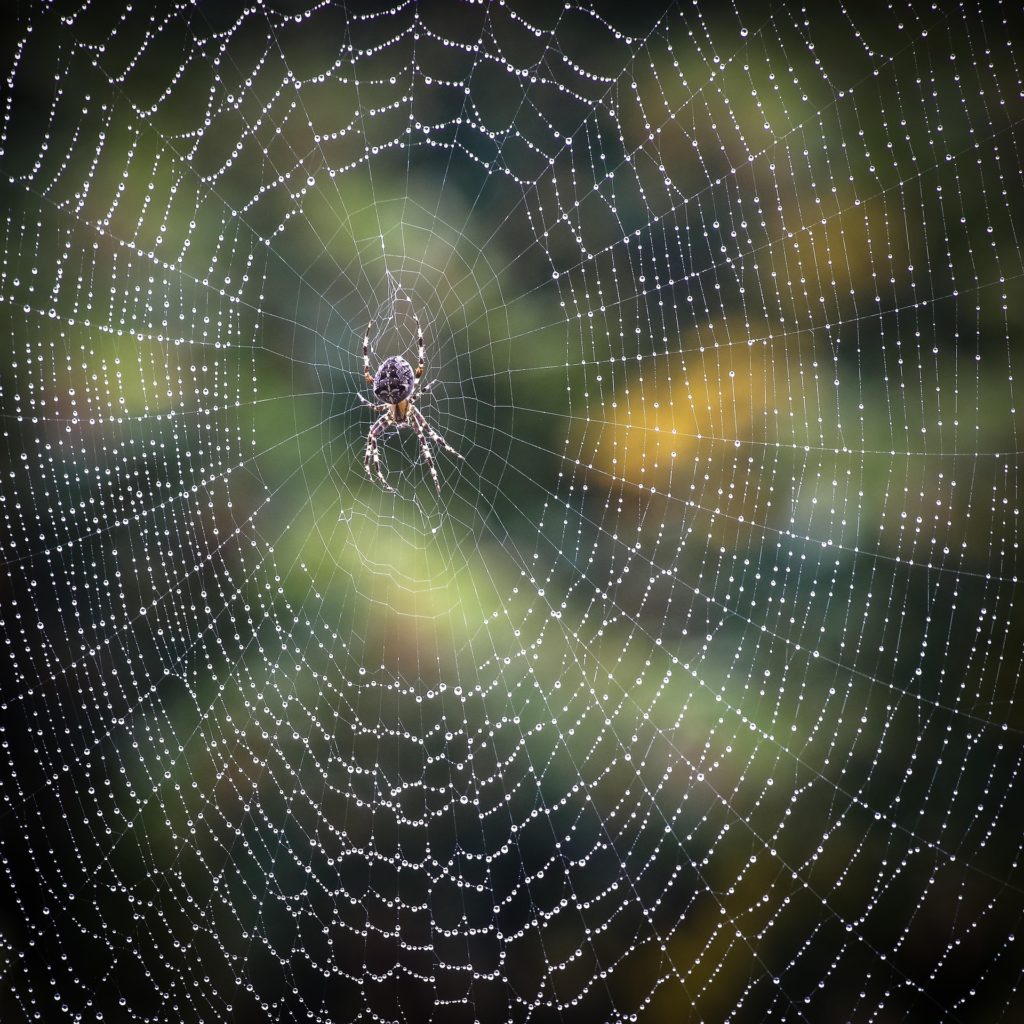
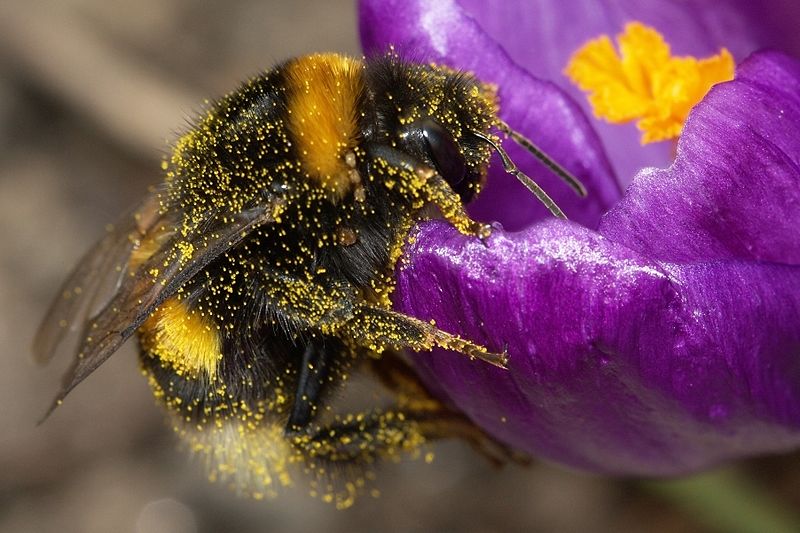

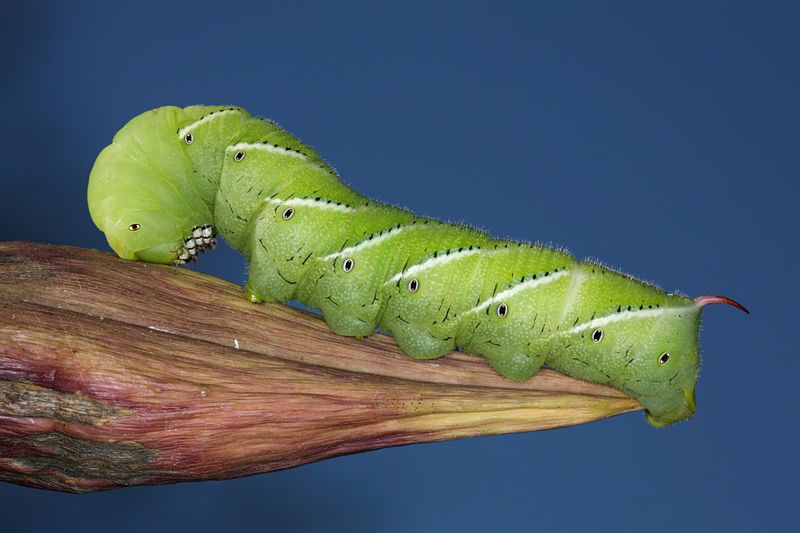
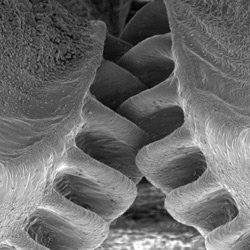
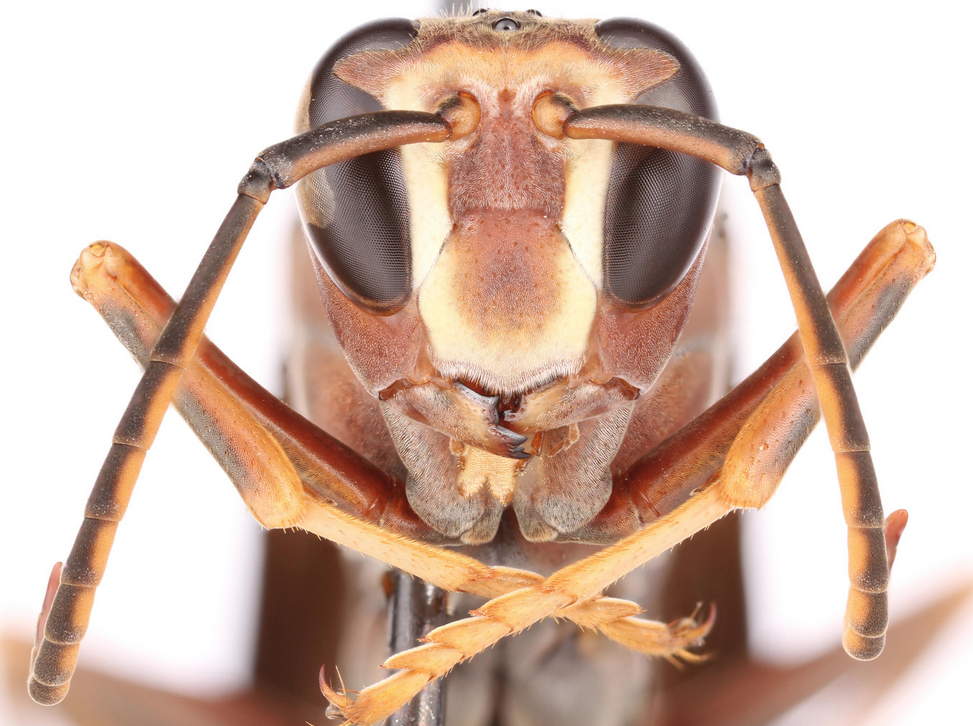
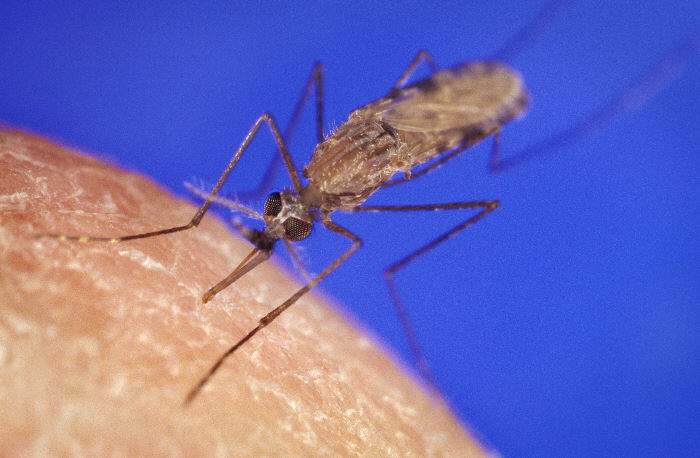
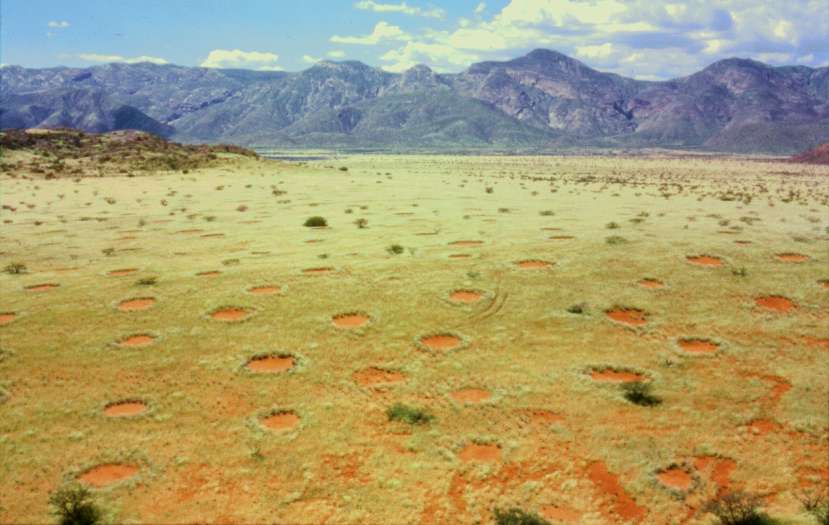
 Alaskan Power Minigrids
Alaskan Power Minigrids